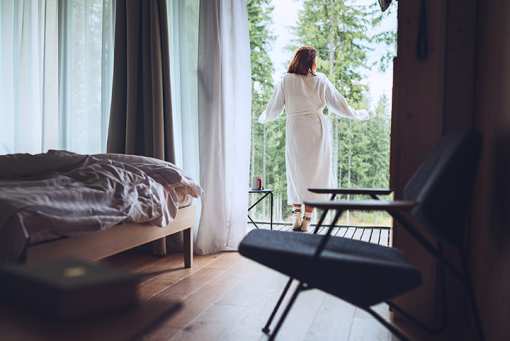About Us
The Rowland Theatre was built in 1917 by U.S. Congressman Charles Hedding Rowland. Born December 20, 1860 Charles Hedding Rowland was one of several enterprising businessmen who engaged in coal mining operations in the Philipsburg Area. He was president of both the Moshannon Coal Mining Company and the Pittsburg and Susquehanna Railroad Companies during the late 1800's. He was later elected as a representative of the Republican Party to the 64 th and 65 th Congress. His terms of office as a U.S. Congressman began in March, 1915, and ended in March, 1919. He declined a re-nomination in 1918, serving out his remaining term before retiring.
The Beginning:
The site of the Rowland Theatre building was previously occupied by the Pierce Opera House. Owned by Philipsburg business man J.H. Pierce and built sometime before 1889, this three story building was destroyed by fire, along with several other downtown buildings, on December 30, 1910. Then the Rowland family purchased the Opera House property on December 31, 1915 , and Charles Hedding Rowland immediately began making plans for the construction of a building which could house live theatrical performances as well as conventions and public meetings. Addressing the public in an illustrated souvenir program presented to patrons of the theatre on the eve of its opening in June, 1917, Rowland stated:
“The people of Philipsburg have long indulged the hope of a comfortable and commodious place of amusement and entertainment. For years we have had no suitable place for public meetings, entertaining conventions, or any auditorium large enough for the varied necessities of a community as large as ours. Such a building is a public necessity. The town needs it in order to keep pace with out sister communities. Community growth would be retarded without such a public convenience. I have felt that we should have a theatre building in Philipsburg of size, safety and perfection of appointment that would anticipate the future, maintain our best past traditions, reflect a progressive spirit, while affording us a place to spend a delightful evening at home. It is proposed to stage only plays and moving pictures of class and quality. I trust the people of Philipsburg, together wit those who come from surrounding towns, may enjoy the play-house now dedicated to their use and pleasure. I wish to take this occasion to say to the theatre going public that it has been a source of some gratification to have been the one permitted to open to the general public a place for its comfort and entertainment.”
The first motion picture was then shown on June 4, 1917. Then during the 1930's the building underwent extensive remodeling in the Art Deco style in order to modernize its appearance. Then sadly on October, 1978 the last movie was shown.
Construction:
Construction then was carried out under the direction of architect Julian Millard, designer, with W. A. Hoyt, serving as the construction engineer. The theatre then was reopened and now predominantly has movies but once in a while the theatre will have live performances. Like Charles Hedding Rowland said himself, the theatre is a necessity for the community and today it still is. It was placed on the National Register of Historic places on October 18, 1979. Today the Rowland Theatre building survives as the largest and most ornate historic theatre building in the Centre and Clearfield County region of Pennsylvania .
Building Description:
The Rowland Theatre is a brick and ferro-concrete structure measuring sixty-six by two-hundred-twenty-two feet in plan. The first story of the front part of the building contains the theatre's entrance way, outer lobby, and two commercial stores. A suite of offices is found on the second floor and a meeting/rehearsal hall and miscellaneous rooms are on the third floor. As a whole, the façade is a symmetrical composition with Classically-inspired detailing. Despite the volumetric effects of the projecting marquee, recessed theatre and shop entrances, and bracketed cornice, the image is predominantly two-dimensional. However, the use of decorative patterns in the brickwork, contrasting color and texture of materials, and architecture ornamentation contribute to a masterful composition. Horizontal emphasis is provided by simple, bold lintels about the store fronts, a belt course at the base of the third story windows, a projecting cornice, and caps which line the top of the parapet wall. Vertical emphasis is given by the effect of pilasters defining the three bays of the first and second stories. A rectangular concrete plaque inscribed with the word “THEATRE” and the marquee/theatre entrance defines a central axis. The stage in the theatre is fifty feet in width and thirty-four feet deep, with eleven dressing rooms in the basement below. The screen is the largest movie screen in central Pennsylvania , 29 feet in width and 15 feet tall.
Over the past few years up till now:
Over the years the Rowland Theatre was owned and operated by several different owners. In January 1990 the building was acquired by the Philipsburg Borough and turned over to a non-profit corporation, Rowland Theatre, Inc. for operation, restoration and management. Since then, extensive repairs have been made to the heating system, a new roof installed, defective outdated equipment has been replaced, a new Dolby Stereo Sound System has been installed, and the whole interior has been painted.
The restoration of this historic site is a community effort. Thanks to the support and dedication of the community the Rowland Theatre is alive and well.






